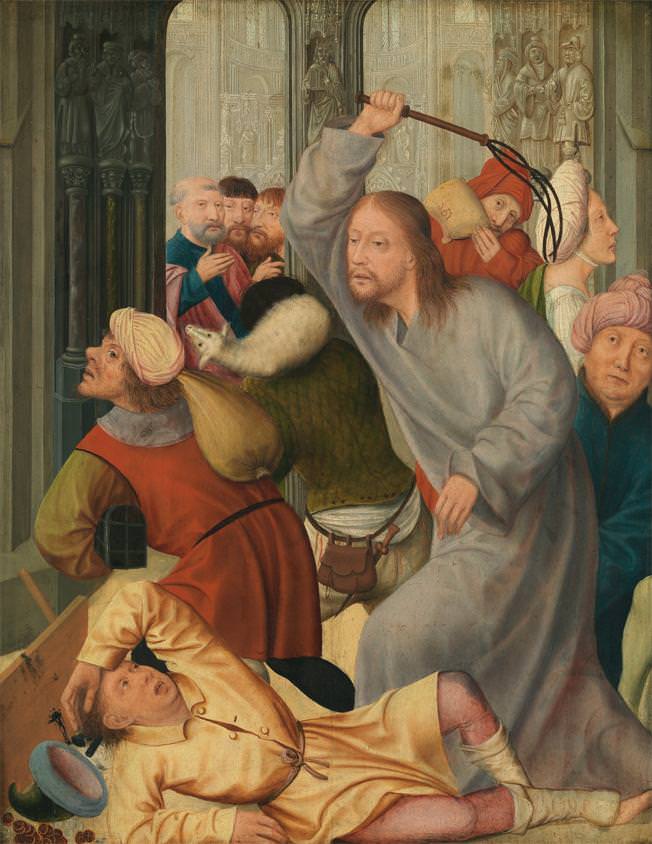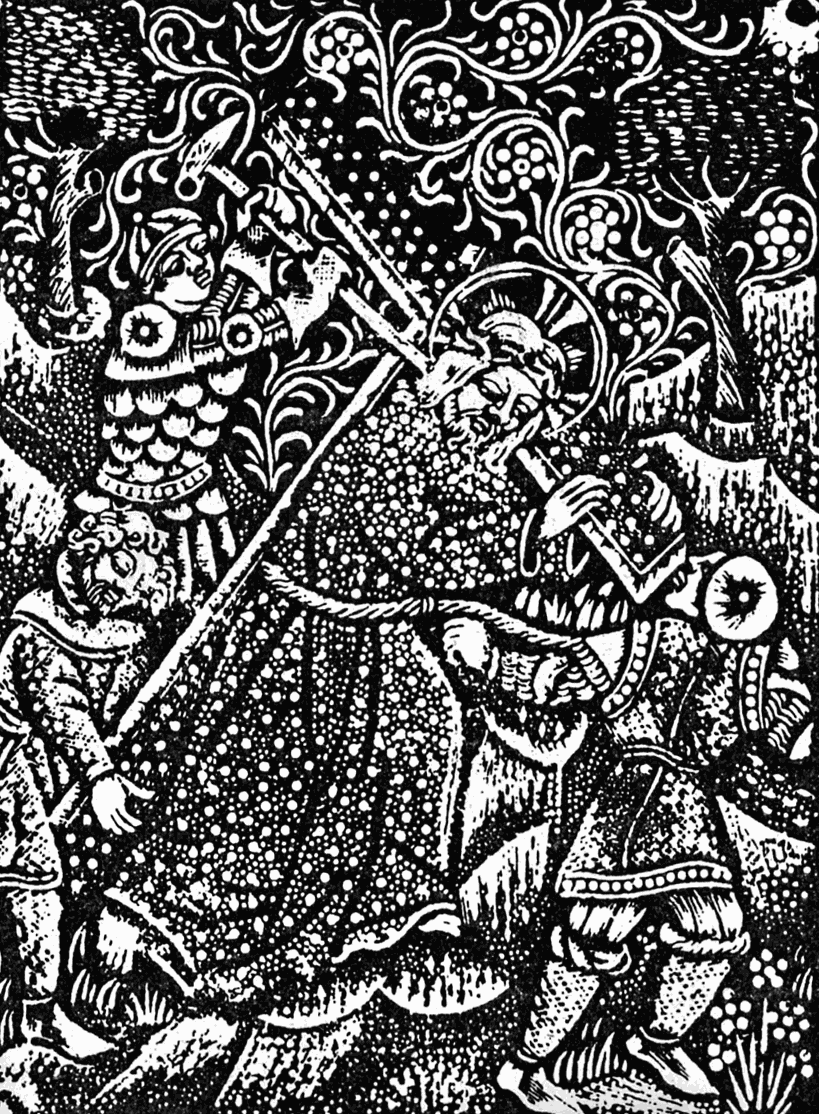In the week since Reza Aslan’s Fox News webcast interview, his book, Zealot: The Life and Times of Jesus of Nazareth has become the number one best selling title on Amazon and reached the top of the New York Times Best Seller list.
In Zealot, Aslan argues that Jesus of Nazareth would have borne little resemblance to the Jesus of the Gospels. Jesus of Nazareth, was, in Aslan’s view, a political incendiary, a dissident who railed against Roman rule and actively encouraged sedition. The early church, he suggests, subsequently “transformed Jesus from a revolutionary zealot to a Romanized demigod.”
For all of the controversy surrounding Aslan and his book, the work follows in a long tradition of study of the historical figure of Jesus—a subject that has provoked vigorous debate in The New York Review’s pages over the decades.
E.P. Sanders’s essay “In Quest of the Historical Jesus,” from the Review’s November 15, 2001 issue, begins by explaining the background to the debate:
For almost one hundred years scholars have used the term “the quest of the historical Jesus” to refer to the academic effort to recover what can be known of Jesus of Nazareth, who lived in Jewish Palestine approximately between 4 BCE and 30 CE. The quest itself is more than two hundred years old, and it continues today as one of the main topics of New Testament research. Its basic assumption is that the Jesus of history, as a result of theological development, became the Christ of faith, the second person of the Trinity, but that an unadorned Jesus may be found behind or beneath early Christian literature.
He also describes the surprising origins of this question, among Christians who had become “impatient with and often hostile to creedal dogma as a whole”:
For many Christians, the historical Jesus—a great and good man—emerged as a fresh and vital alternative to traditional Christianity. The creeds were stuffy, ponderous, and so burdened with metaphysical issues that they obscured the living voice of the Man from Galilee. The historical Jesus would give them someone to follow—if only they could get a firm grip on him.
Sanders’s review is especially useful for the way in which it distills the widely accepted scholarly views of Jesus into a ten point list. The books under review were written by two of the most eminent scholars in the field, the recently deceased Geza Vermes—famous for his work on the Dead Sea Scrolls—and Paula Fredriksen, who has commented on the controversy surrounding Reza Aslan’s new book. Sanders also touches on the divergent views of the writer and scholar John Dominic Crossan, whose work he reviewed in a later issue.
In his article “The Quest for the Magical Jesus,” from the October 26, 1978 issue, Frank Kermode wrote about the impulse to discover a history behind the canonical account:
Most of us have a passion for secret history, for the real dirt concealed by the official version. There is a gross justification for our interest, for experience shows that official versions almost invariably have a lot to hide; and there is a subtler one, which is that the most truth-seeking of narratives has to achieve consonances and illusions of simple causality which are incompatible with a desire to tell all. Of course, the story we want—absolutely candid, free of the guilt and bias of the official version—is itself subject to similar distortions and omissions, and just as incapable of bridging the gap between the written text and something that is supposed to have actually happened. But we want it all the same (“So that’s how it really was! Now that makes more sense”) and believe it because it was suppressed, and is therefore more fun to believe; or because, since it reveals error and duplicity in something else, it seems to be ex officio on the side of truth.
Kermode’s reflections were occasioned by the work of the ancient historian Morton Smith. In 1958 Smith discovered in a monastery in Judea an eighteenth-century Greek manuscript that he claimed contained a quotation from Mark’s Gospel that occurs nowhere in the canonical version. He went on to write two books—both reviewed by W.H.C. Frend in the August 9, 1973 issue—that suggested that this passage gave a glimpse of some practice censored in the Gospel, a practice that was possibly homosexual. Frank Kermode reviewed Smith’s next book, Jesus the Magician: Charlatan or Son of God?, published in 1978. Jesus the Magician expanded on Smith’s earlier thesis, attempting to uncover a “story,” Kermode wrote, “veiled by [church] censorship and propaganda…of a magician, a libertine Jesus.”
Advertisement
Of course, this subject has long been taken up by many who are not professional scholars of religion. Garry Wills wrote about Thomas Jefferson’s own search for the historical Jesus, in the November 24, 1983 issue. In his review of an edition of Jefferson’s Extracts from the Gospels, Wills describes how Jefferson, who for most of his life had been a staunch deist and admirer of classical philosophies like Epicureanism, became a member of “a cult of Jesus” while he was in the White House. Jefferson believed that “Had [Jesus’] doctrines, pure as they came from himself, been never sophisticated for unworthy purposes, the whole civilised world would at this day have formed but a single sect.” He reconstructed the morality preached of the gospels by neatly clipping the “authentic” verses of Jesus’ teaching from his copy of the New Testament and reassembling them in a book that would be called The Philosophy of Jesus.





